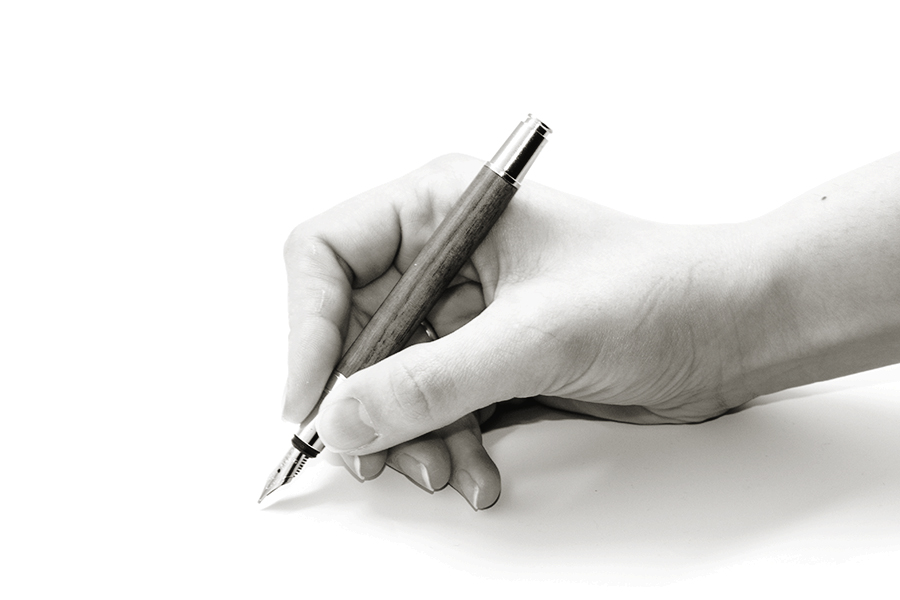Contracts Legal Tips for Entrepreneurs Online Content
July 6th, 2015
How to Sign Contracts Correctly Using Electronic Signatures
In modern business, more and more frequently people are entering into contracts and conducting business in a paperless or nearly paperless manner. This often involved the use of electronic signatures. Have you ever wondered how to correctly apply an electronic signature in your contracts?
What is an electronic signature? An electronic signature is “symbols or other data in digital form attached to an electronically transmitted document as verification of the sender’s intent to sign the document.”
Are electronic signatures legal? Yes.
In June of 2000, a US Federal law was passed called the ESIGN Act, which states that an electronic signature is an “electronic sound, symbol, or process, attached to or logically associated with a contract or other record and executed or adopted by a person with the intent to sign the record.” The intent of this act was to provide legal effect and validity to contracts and signatures in electronic form.
The widespread use of e-signatures and tools developed to help us apply e-signatures means that business can be done from virtually anywhere, so long as the parties have a way to electronically transmit the data.
What is required to use e-signatures in business?
To use e-signatures in your business, several things must happen: one, the customer or consumer must “consent” to applying their signature electronically. Under the ESIGN Act, a party can always preserve their right to sign in paper form. Thus, consent to do so electronically is required. Second, the parties must consent electronically in a manner that reasonably demonstrates that they have access to the electronic form that will be used to provide or transmit the information which is the subject of the consent or agreement.
Is there a best method for applying e-signatures? I get a lot of questions in my work and in coaching small business owners and entrepreneurs about the best e-signature method for signing contracts.
Essentially, there are three “levels” of e-signatures.
The first method, or level, involves people applying a “photo” or “image” such as a .jpg file depicting their signature, to a document by dragging it into place or inserting it at the signature line. Think of this as the entry level e-signature. It will generally suffice, but is not considered quite as strong as the next two.
The second level, used widely in the legal field, involves typing one’s name at the signature line, like this: “/s/ Heather Pearce Campbell” with the “s” between forward slashes denoting that an electronic signature is being applied by the signer.
The third and final level, which is being increasingly utilized, uses software or applications which allow the parties to actually “sign” on the line via their mouse and computer, or through their tablet or i-phone, applying a digital version of their “real” signature. These applications or programs often also act as a database for the users, storing the signed and finalized documents for later access, or automatically emailing the parties copies of the final executed agreement upon receipt of signature by the other party.
I personally use only the 2nd and 3rd levels, as they are the most “secure” and widely accepted in the legal field.
Happy signing!
________
For more information on Contracts, see these other blog posts…..
DISCLAIMER: THE INFORMATION PROVIDED IN THIS POST MAY CONTAIN LEGAL INFORMATION, BUT DOES NOT CONSTITUTE LEGAL ADVICE. NO RELATIONSHIP, INCLUDING ATTORNEY-CLIENT RELATIONSHIP, HAS BEEN FORMED AS A RESULT OF THIS POST. YOU ARE ADVISED TO SEEK THE ADVICE OF AN ATTORNEY LICENSED IN YOUR STATE IF YOU HAVE ANY QUESTIONS.

